During my most recent trip to Sofia, I made a surprising discovery: Bulgaria’s Museum of Socialist Art. This museum, which opened its doors in 2011, is located in a quiet area away from the bustle of the city center.
The museum showcases art from the Socialist period of Bulgaria’s history, with pieces dating from 1944 to 1989. These artworks reflect the political and social life of the era, offering insights into the country’s past. The main building houses a collection of paintings, sculptures, and graphics by prominent Bulgarian artists. People visiting can learn about figures such as Dechko Uzunov and Iliya Beshkov, whose works play a significant role in the museum’s display.
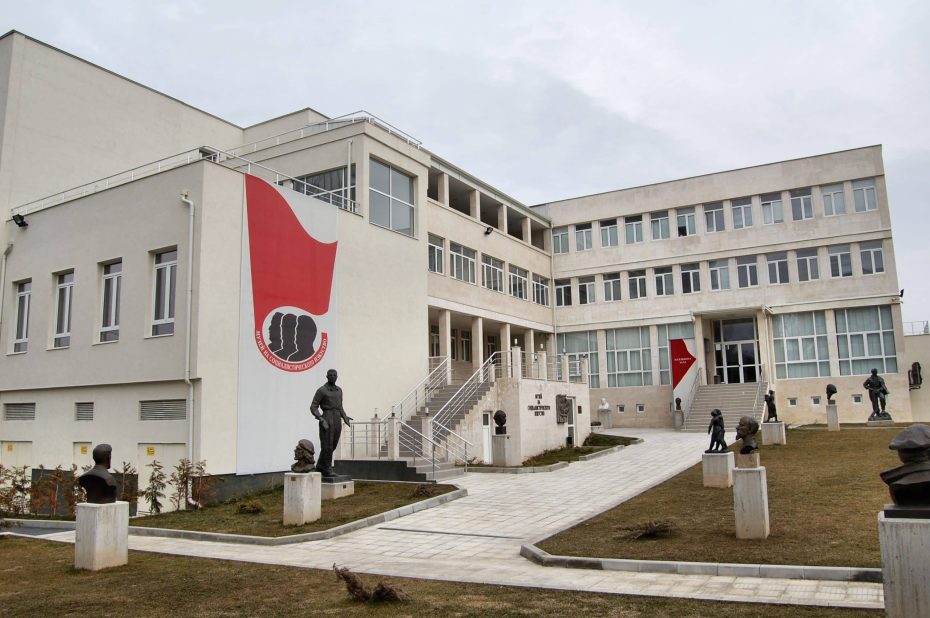
The Museum of Socialist Art, opened in 2011, is a recent addition to Sofia’s cultural spots. The museum showcases art from Bulgaria’s socialist era, not exclusively communism-themed, but closely related due to its time period and themes.
Outdoor sculptures are a museum highlight, located in the yard and part of the National Art Gallery. These include statues of famous figures and representations of common occupations during the socialist period. Former public statues of characters such as Lenin, Ché Guevara, or Georgi Dimitrov (the father of the Bulgarian Socialist Republic), along with other smaller sculptures of workers, mothers, and agriculture, can be seen on this smaller version of Budapest’s Memento Park.
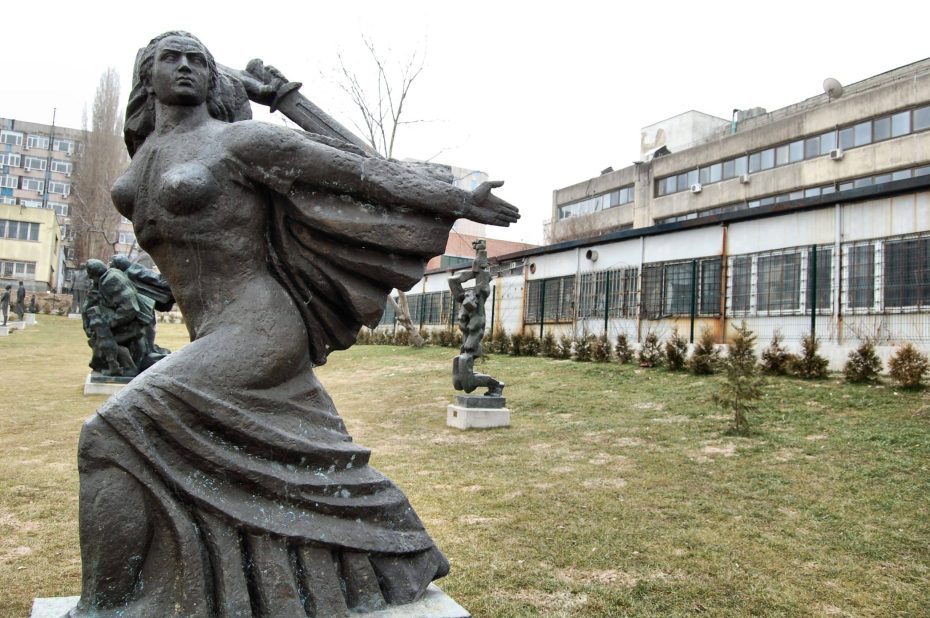
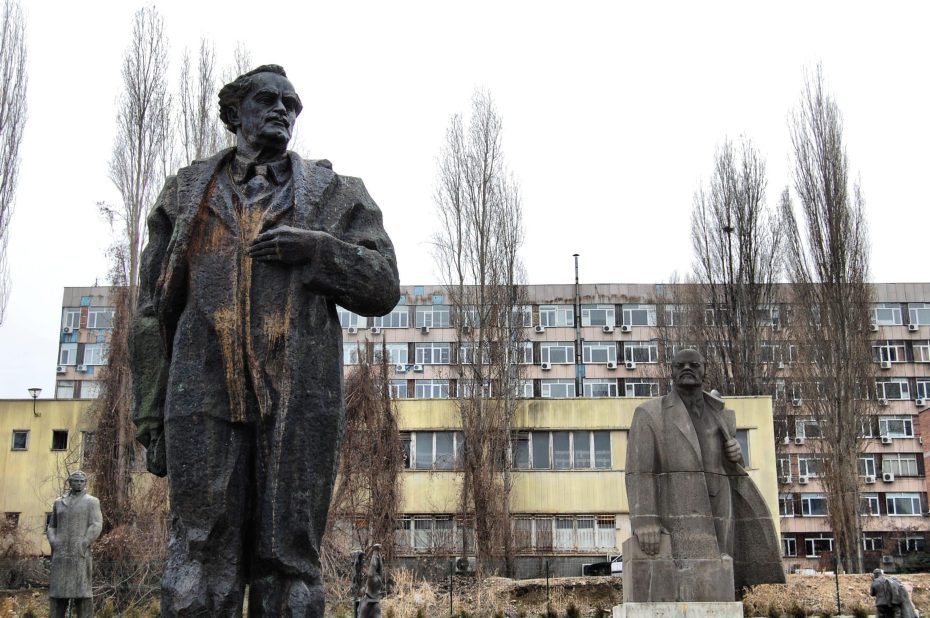
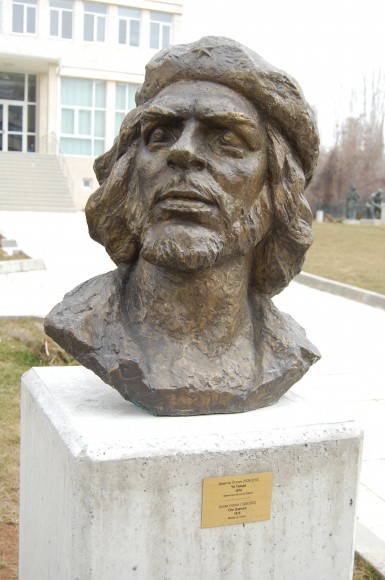
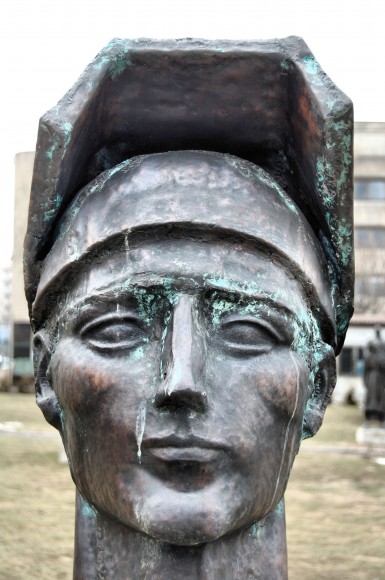
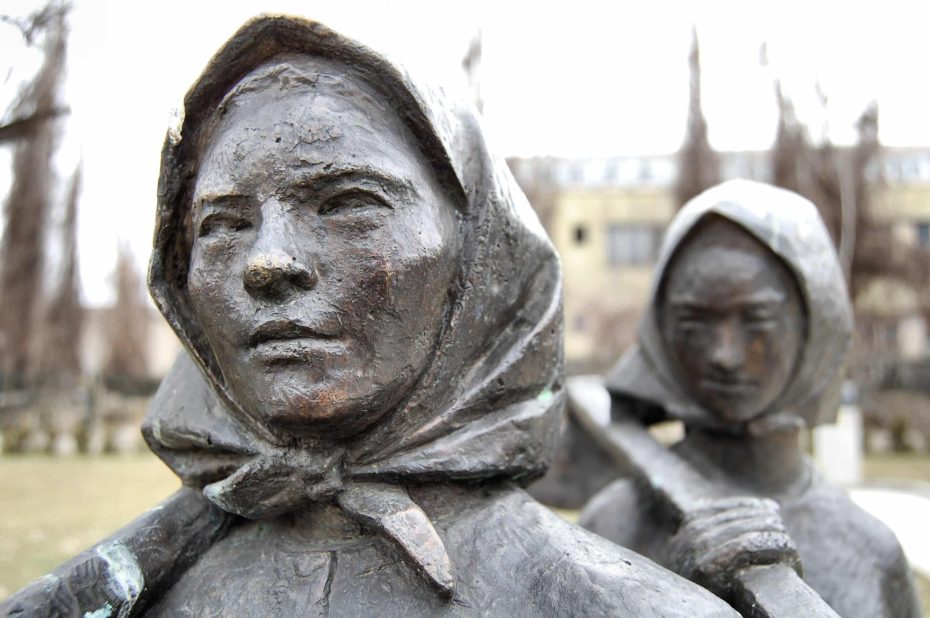
As a branch of Sofia’s National Art Gallery, the museum displays some 150 pieces produced during Bulgaria’s socialist period (1944-1989). Inside the building, there is a gallery displaying around 60 paintings displaying the typical themes of “socialist art”. Among these, are rural labor and war, often glorifying the ruling party while critiquing capitalism. The artwork varies from historic realism to cubist and avant-garde influences.
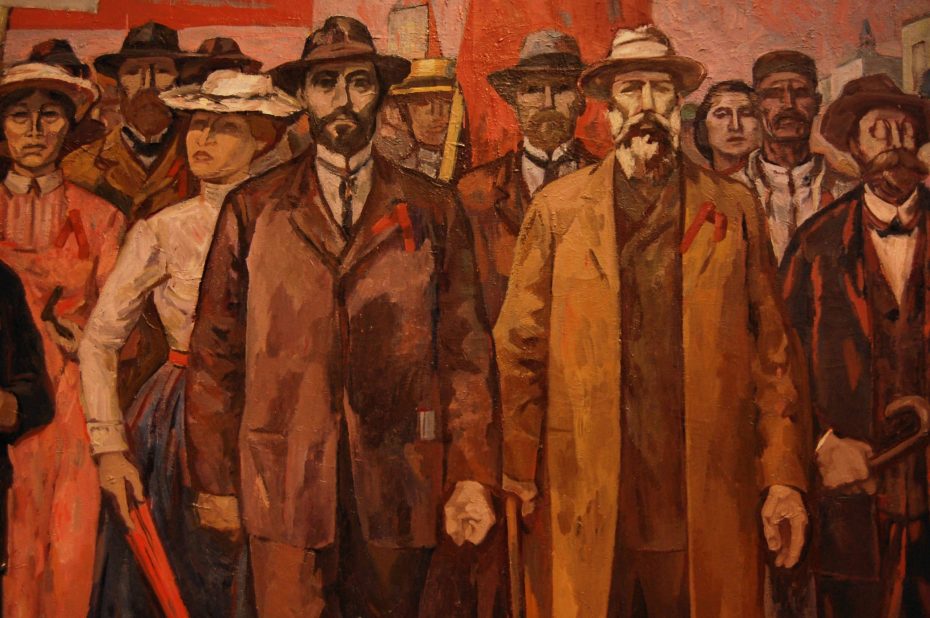
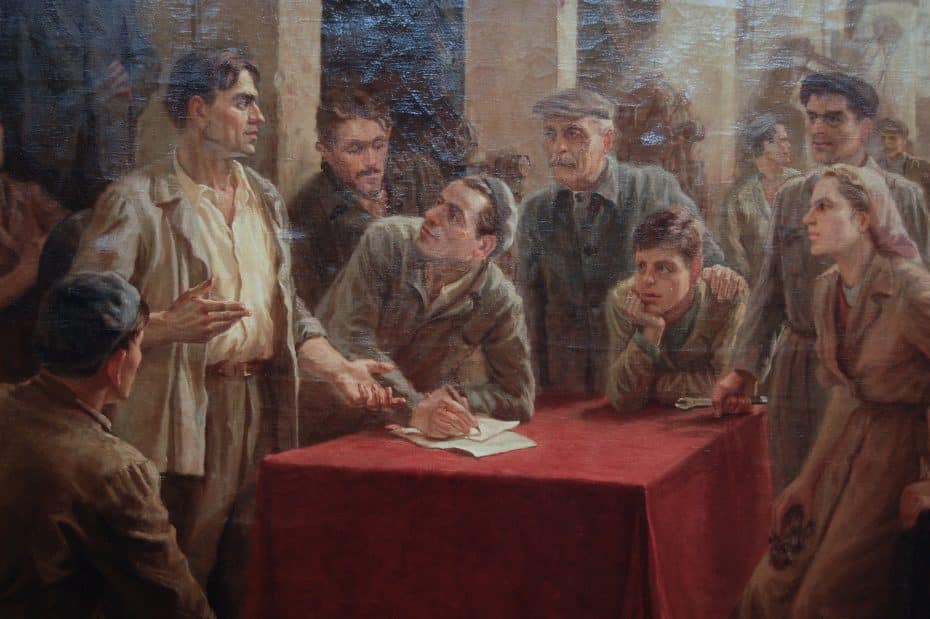
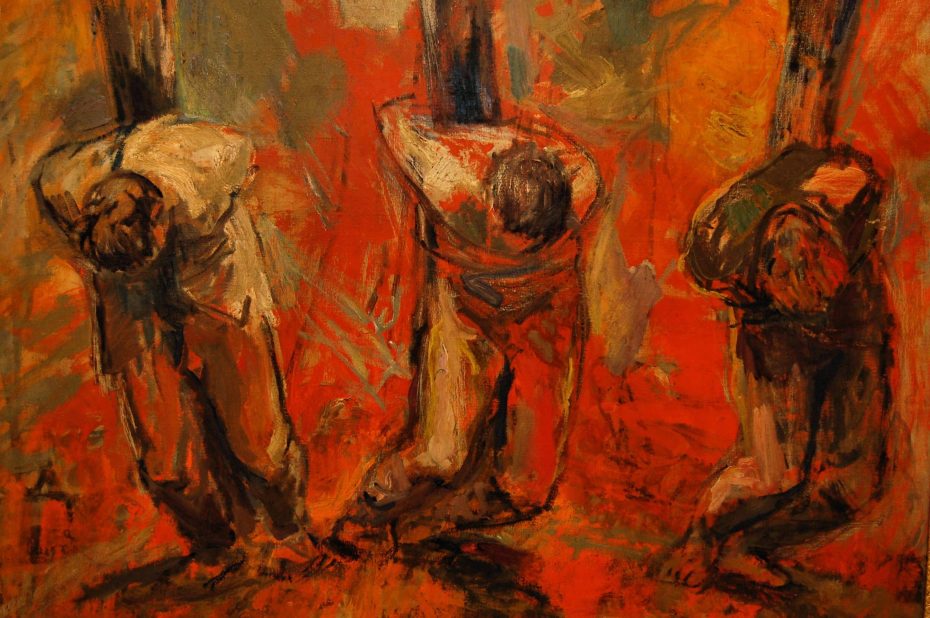
Socialist Art in Bulgaria: Some Historical Context
Socialist art, or Socialist realism, is a style of visual artwork associated with socialist ideals, prevalent particularly in the Soviet Union and Eastern Bloc countries from around the early 20th century.
Socialism took a firm hold in Bulgaria after World War II. The country was reshaped under the influence of the Soviet Union during this period. After the war, the Bulgarian Communist Party grew in power, leading to changes in government and the nationalization of industry and agriculture. This period saw Bulgaria transform into a socialist state, with all aspects of society organized according to socialist principles.
Art during this time served as a tool for socialist propaganda, with artists creating works that honored labor, the common people, and socialist ideals. Monumental sculptures and massive murals often depicted robust workers, heroic figures from revolutionary history, and smiling citizens building a socialist future. This art was supported and promoted by the state, as it was seen as a means to shape the public’s mindset in favor of the government’s vision and direction.
After socialism fell in Bulgaria, the once-celebrated socialist art lost its massive state support and no longer held the same status. Public attitudes shifted, and many pieces were removed or destroyed. Some saw a revival as historical artifacts, with a few finding homes in museums (such as the Museum of Socialist Art), while debates about their significance and legacy continued.
Bulgaria’s Museum of Socialist Art: Useful Information and Tips
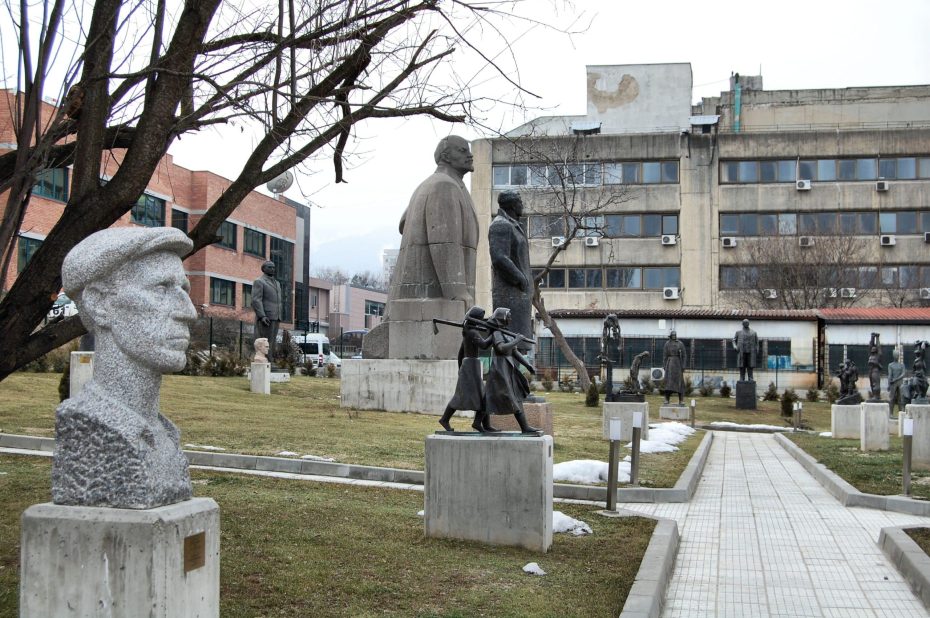
- Check opening hours: The Museum of Socialist Art in Sofia, Bulgaria, opens at 10:00 am and closes at 5:30 pm. It is closed on Monday, so plan accordingly.
- Buy tickets in advance: You can get tickets at the museum, but if you want to avoid waiting, buy them online.
- Dress comfortably: Your visit might include time outdoors as there is a sculpture park, so wear comfortable shoes and dress for the weather.
- Allow enough time: Spend at least two hours at the museum to see everything without rushing. There’s indoor and outdoor art to enjoy.
- Photography policy: Photography is allowed but check the rules for temporary exhibits.
- Public transport access: The museum is reachable by Sofia’s public transport—use buses 67, 88, or 112 or trolleybus 11 to stop at “Yuri Gagarin Street.” The closest metro station is G.M. Dimitrov (Line 1). The museum is behind the Sopharma Tower (you’ll see the logo).



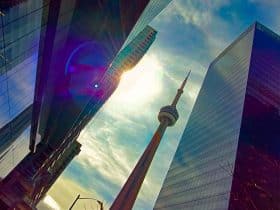
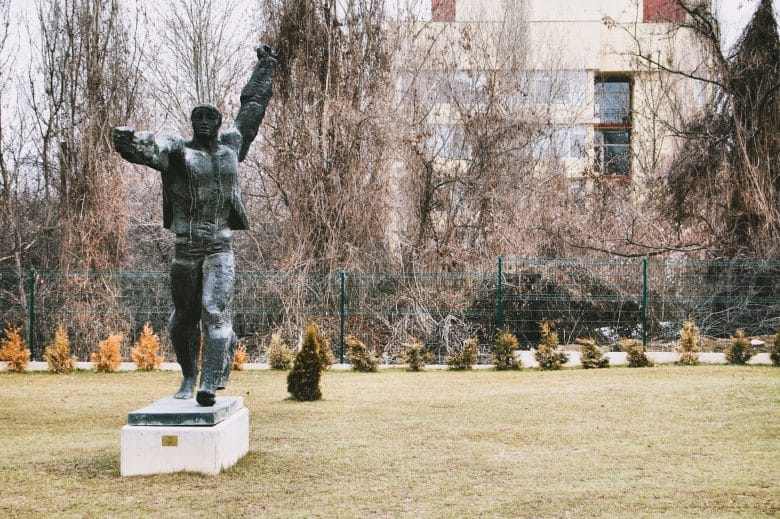
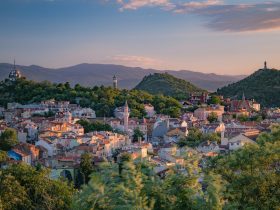
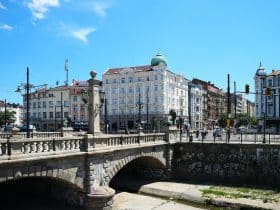
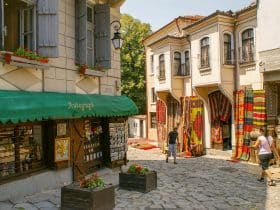














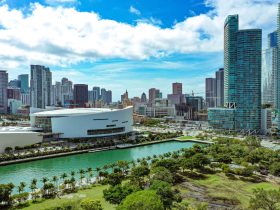





Leave a Reply
View Comments